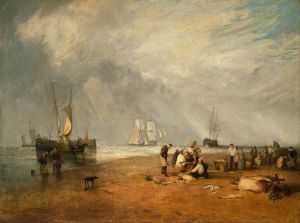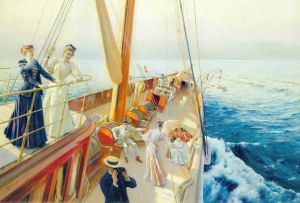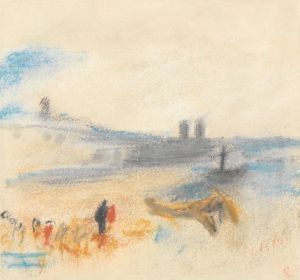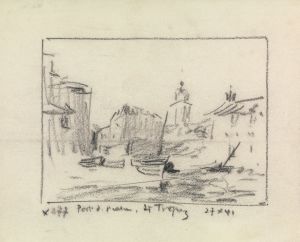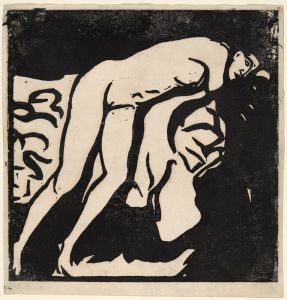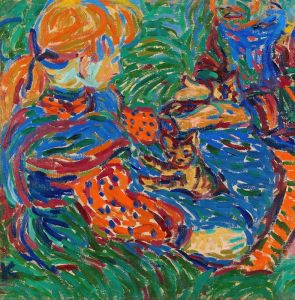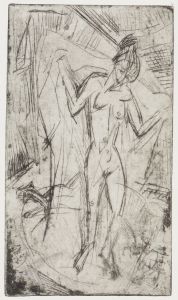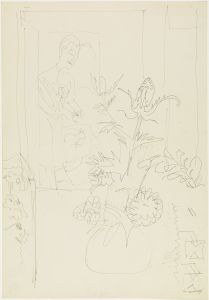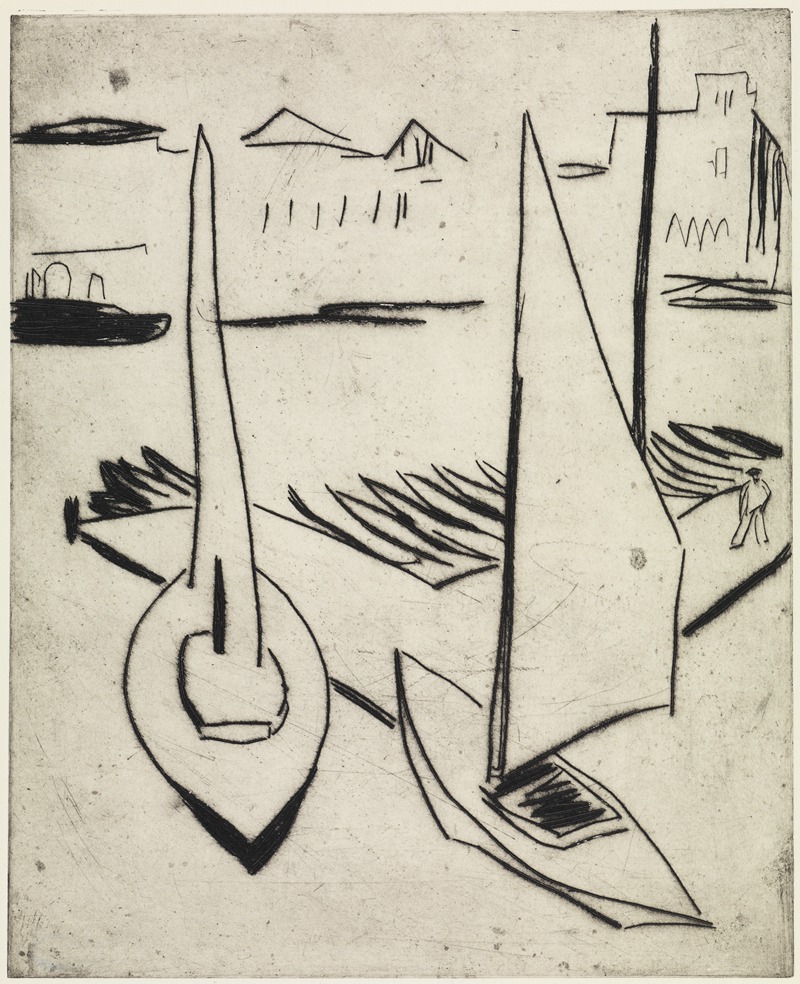
Segelboothafen an der Alster, Hamburg
A hand-painted replica of Ernst Ludwig Kirchner’s masterpiece Segelboothafen an der Alster, Hamburg, meticulously crafted by professional artists to capture the true essence of the original. Each piece is created with museum-quality canvas and rare mineral pigments, carefully painted by experienced artists with delicate brushstrokes and rich, layered colors to perfectly recreate the texture of the original artwork. Unlike machine-printed reproductions, this hand-painted version brings the painting to life, infused with the artist’s emotions and skill in every stroke. Whether for personal collection or home decoration, it instantly elevates the artistic atmosphere of any space.
Ernst Ludwig Kirchner was a prominent German expressionist painter and one of the founding members of the artist group Die Brücke, which played a pivotal role in the development of modern art in the early 20th century. Kirchner's work is characterized by its bold use of color, dynamic compositions, and emotive subject matter, often reflecting the tensions and vibrancy of urban life.
"Segelboothafen an der Alster, Hamburg" is one of Kirchner's paintings that captures the essence of a bustling harbor scene. The Alster is a river in Hamburg, Germany, known for its picturesque views and vibrant activity. While specific details about this particular painting are scarce, it is consistent with Kirchner's style during his time with Die Brücke, where he often depicted scenes of modern life, including urban landscapes, street scenes, and leisure activities.
Kirchner's work during this period was heavily influenced by the rapid industrialization and urbanization of Germany. His paintings often reflect a sense of movement and energy, capturing the dynamic atmosphere of the early 20th century. The harbor scene in "Segelboothafen an der Alster, Hamburg" likely showcases Kirchner's interest in the interplay between natural and man-made environments, a common theme in his work.
Kirchner's technique involved the use of vibrant, non-naturalistic colors and bold, simplified forms. This approach was intended to convey emotional intensity and a sense of immediacy. His brushwork is often vigorous and expressive, contributing to the overall dynamism of his compositions. In harbor scenes like "Segelboothafen an der Alster, Hamburg," these techniques would have been employed to capture the lively atmosphere of the waterfront, with its boats, water reflections, and bustling human activity.
Throughout his career, Kirchner was deeply influenced by various art movements, including Impressionism, Post-Impressionism, and Fauvism. However, he developed a distinct style that set him apart from his contemporaries. His work often explored themes of alienation and the human condition, reflecting the complexities of modern life.
Kirchner's contributions to the expressionist movement were significant, and his work continues to be celebrated for its innovative approach and emotional depth. Despite facing personal and professional challenges, including the impact of World War I and struggles with mental health, Kirchner remained a prolific artist until his death in 1938.
While specific information about "Segelboothafen an der Alster, Hamburg" is limited, it can be appreciated within the broader context of Kirchner's oeuvre. His paintings offer a window into the vibrant and often tumultuous world of early 20th-century Europe, capturing the spirit of an era marked by rapid change and artistic experimentation. Kirchner's legacy endures as a testament to the power of art to convey the complexities of human experience and the beauty of the world around us.






